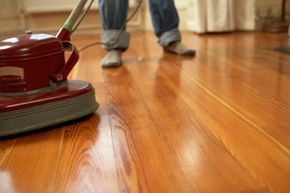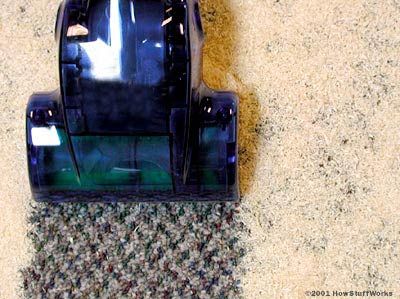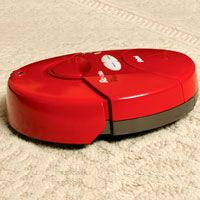When we think of clean, polished surfaces, we don't often picture abrasive materials like sandpaper or steel wool. In many situations, this perception is accurate: If you're trying to keep a glossy shine intact, rough and smooth don't generally mix well. And when you're trying to polish surfaces like the paint on your car or your grandmother's heirloom silver, this holds true. However, there are some notable exceptions to this intuition.
Buffing a floor is one such instance. The principle is similar to that of sanding a wood surface: The goal is to even out that surface to achieve a smooth, uniform look. However, anyone who has ever sanded wood furniture, for example, knows that the smooth texture it produces is a far cry from the glossy shine that results from buffing a floor. So what's the difference?
Advertisement
Although it sounds counterintuitive, the role of an abrasive agent in creating a reflective surface -- the aim in buffing a floor -- is actually simpler than you might think. All we have to do is recall a few summer memories to understand the scientific principles at work.
If you've ever tried to look at your reflection in a still body of water -- say, a pond or a swimming pool -- you've probably been able to see yourself fairly clearly. That's because as light rays hit a flat, smooth surface, they reflect straight back with no distortion [source: Curtiss]. Ideally, the surface would be so perfectly smooth and reflective, like a mirror, that you'd be able to see all of the details of your reflection. The surface of a swimming pool may not be perfectly still or level, but it's close enough that you're able to make out your image.
Now let's say someone jumps in the pool. Water splashes everywhere, and suddenly, all you can see is the choppy waves lapping up on the sides. You didn't move, so there should still be light rays bouncing off your face to the surface of the water. But where did your reflection go?
Those light rays are still there, but the water's now rough surface is no longer able to reflect those rays straight back at you. Instead, they bounce off every which way as they hit the peaks and valleys of the choppy water. In a way, your reflection is still there -- it's just been shot off in all directions instead of straight back at you.
Although some materials require surface-only polishing with a smooth rag, flooring that contains a thin topcoat of polymer, or plastic, gets pitted and scratched with time and wear. On a microscopic level, this results in what you can imagine as tiny mountain landscapes in that polymer coating. When light hits the floor, it's reflected in all different directions, resulting in a dull-looking surface [source: Curtiss].
A floor buffer's job is to take that mountain range and level it out, creating a smooth, even surface for light to reflect off of. But what is it that makes a floor buffer so powerful?
Advertisement






